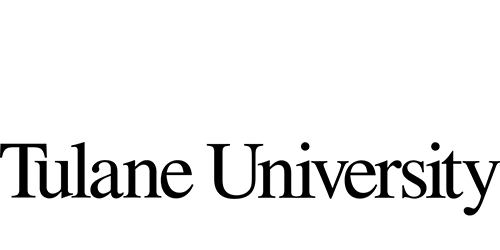The peri-urban community hub prototype represents a magnetic force that serves the people from the Bindayaka community but also attracts people from the adjacent rural area to get primary essential services and people from the urban city center of Jaipur to come and provide services in an area, defined as the peri-urban zone, where there is a lack of standard infrastructure, services, and job opportunities.

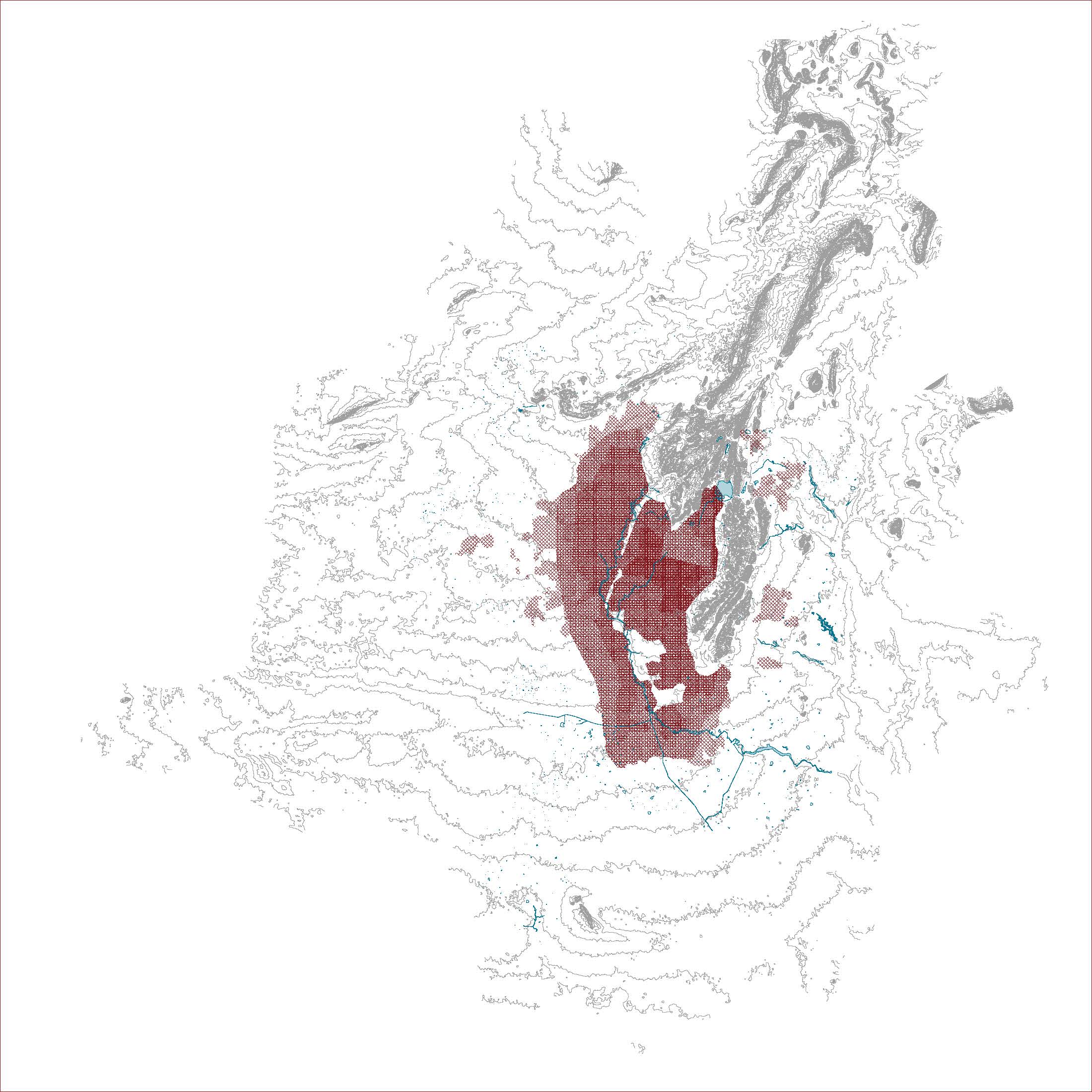
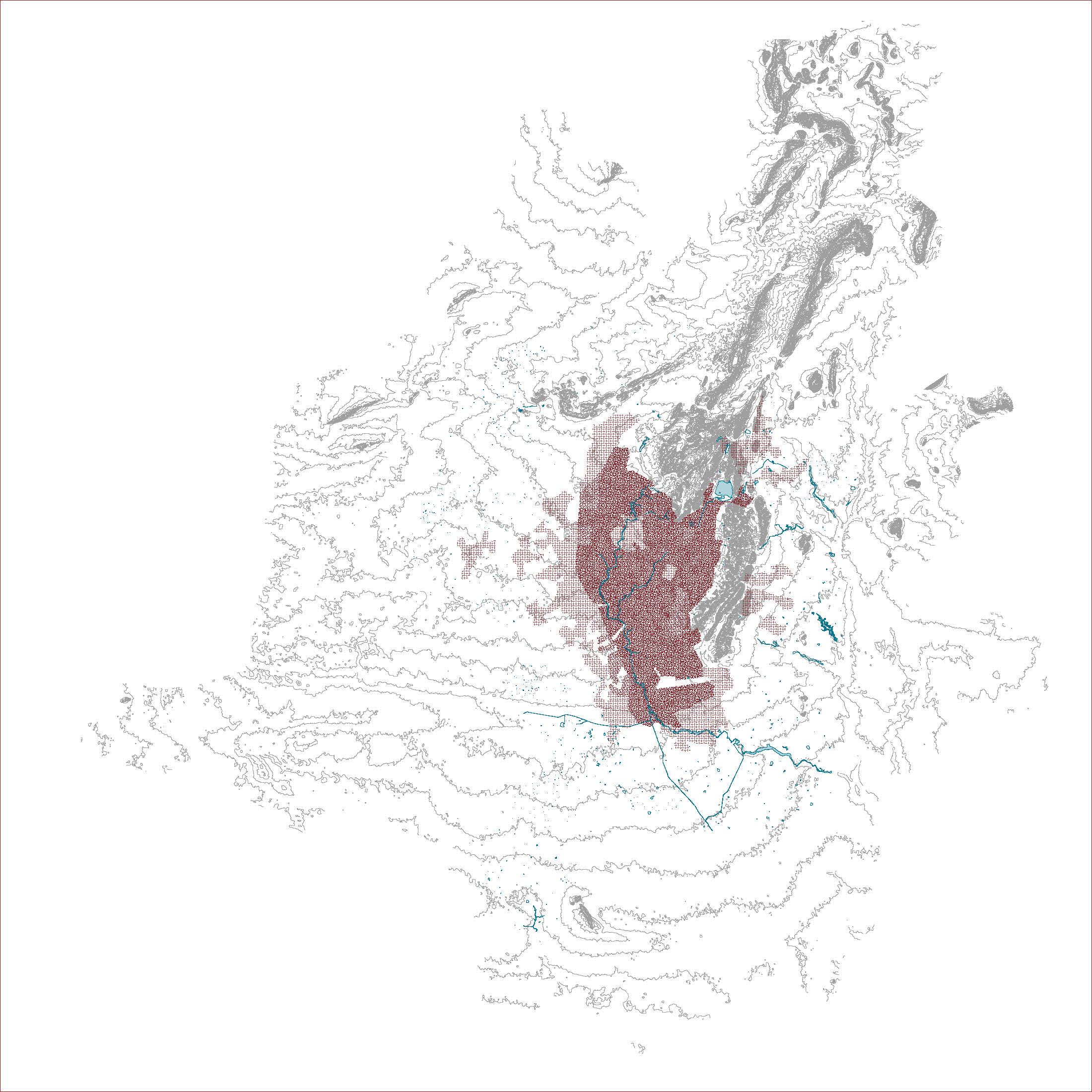
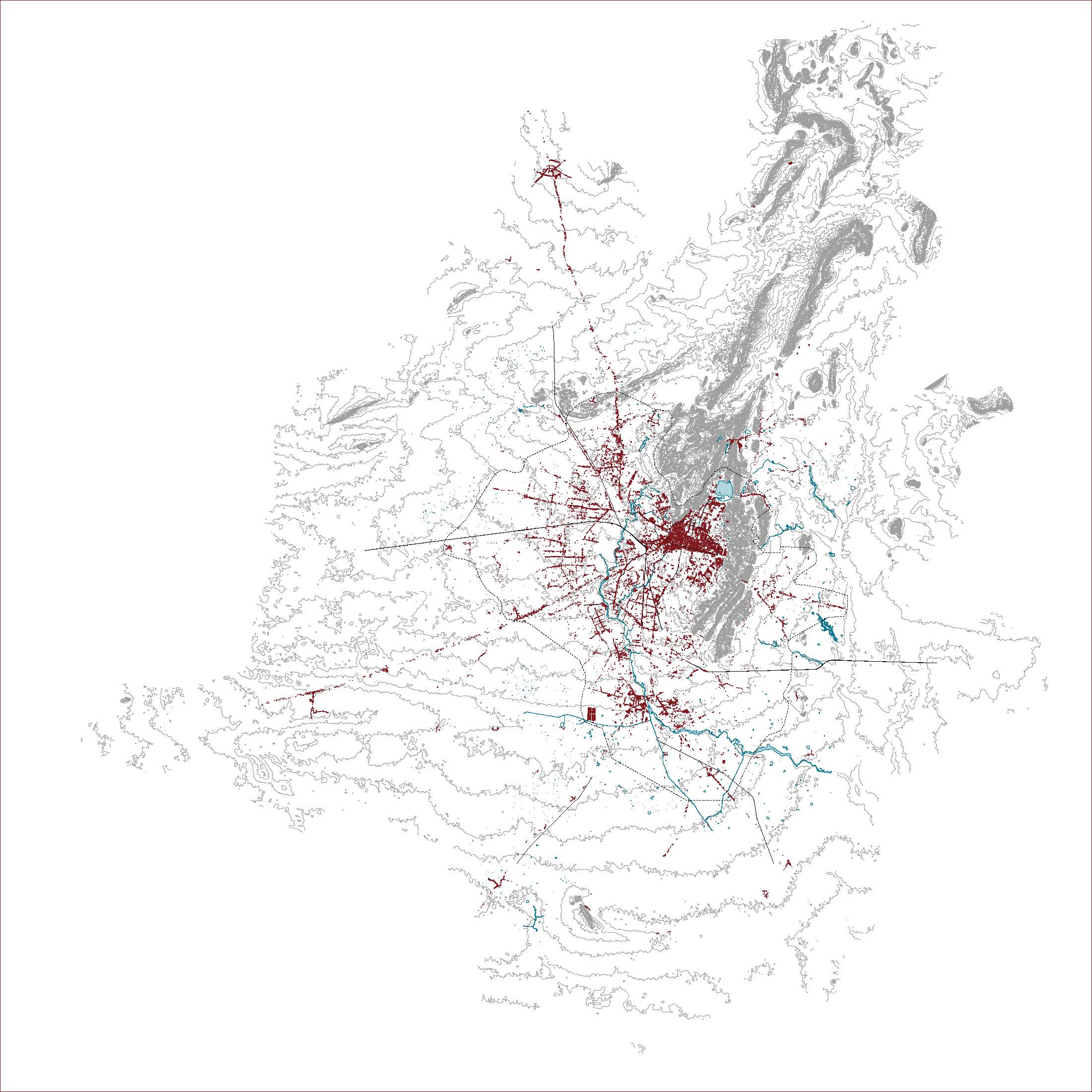
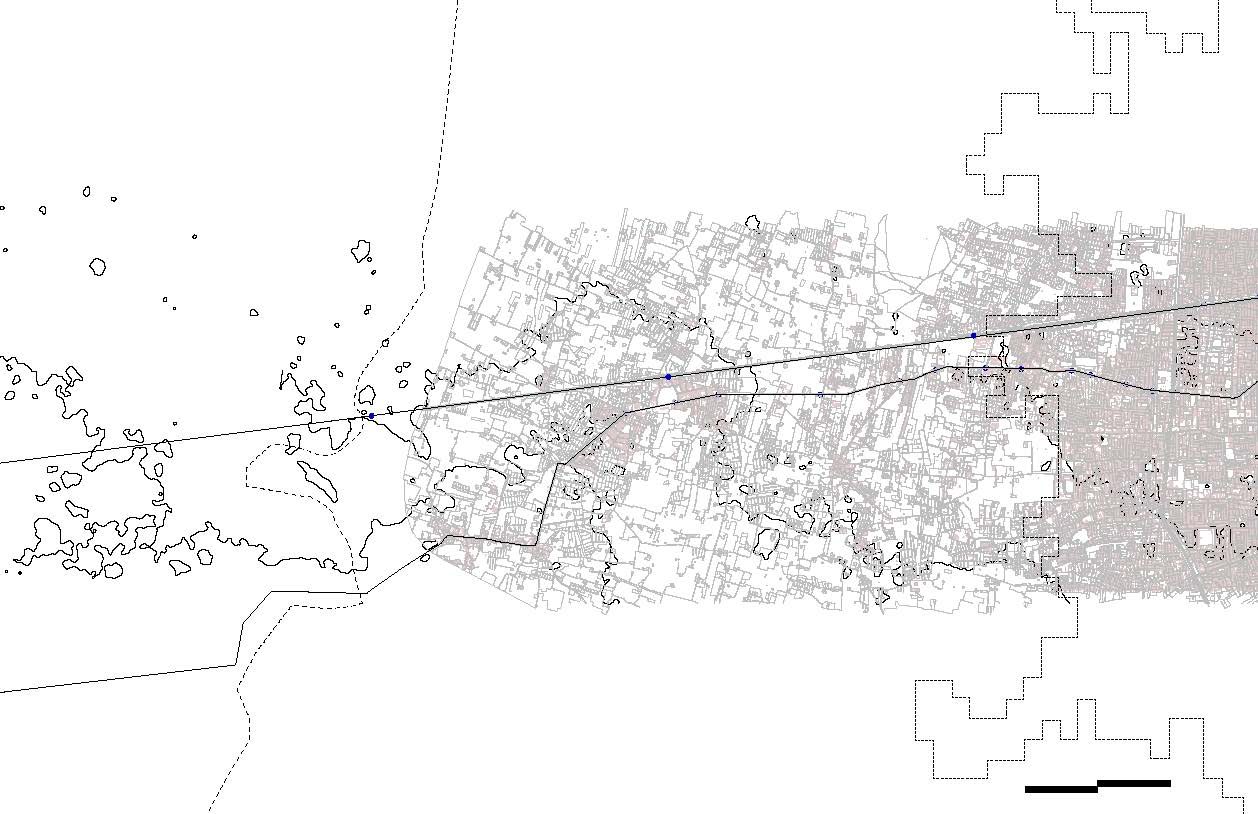
Enclosed by a fixed core ring, composed of rooms following a 5mx5m grid, this community hub is a safe space for women to enjoy their leisurely activities and work at the same time, for children to learn and play, for young adults to get a professional education to allow them to work and provide for themselves and their families. The integration of a clinic allows for young and old to get treated. Shops and restaurants occupy the north portion along the major road to drive the economy, a civic administration portion to provide jobs as well as services to the residents, and a school, on the south side, for all to start and keep learning and be the change for tomorrow’s future. Its umbrella roof structure collects rainwater into water catchment courtyards situated in the flexible social space of the hub or back to the underground water system.
![dernier site intervention [Converted]](https://yamunariverproject.wp.tulane.edu/wp-content/uploads/sites/507/2022/11/dernier-site-intervention-Converted-scaled.jpg)
This community center is a buffer stop that slows down inward migration that happens from the rural to the urban area which, in which the latter is close to a saturation point. What if the people, in the peri-urban zone, can satisfy themselves fully without having to commute everyday to already saturated centers?

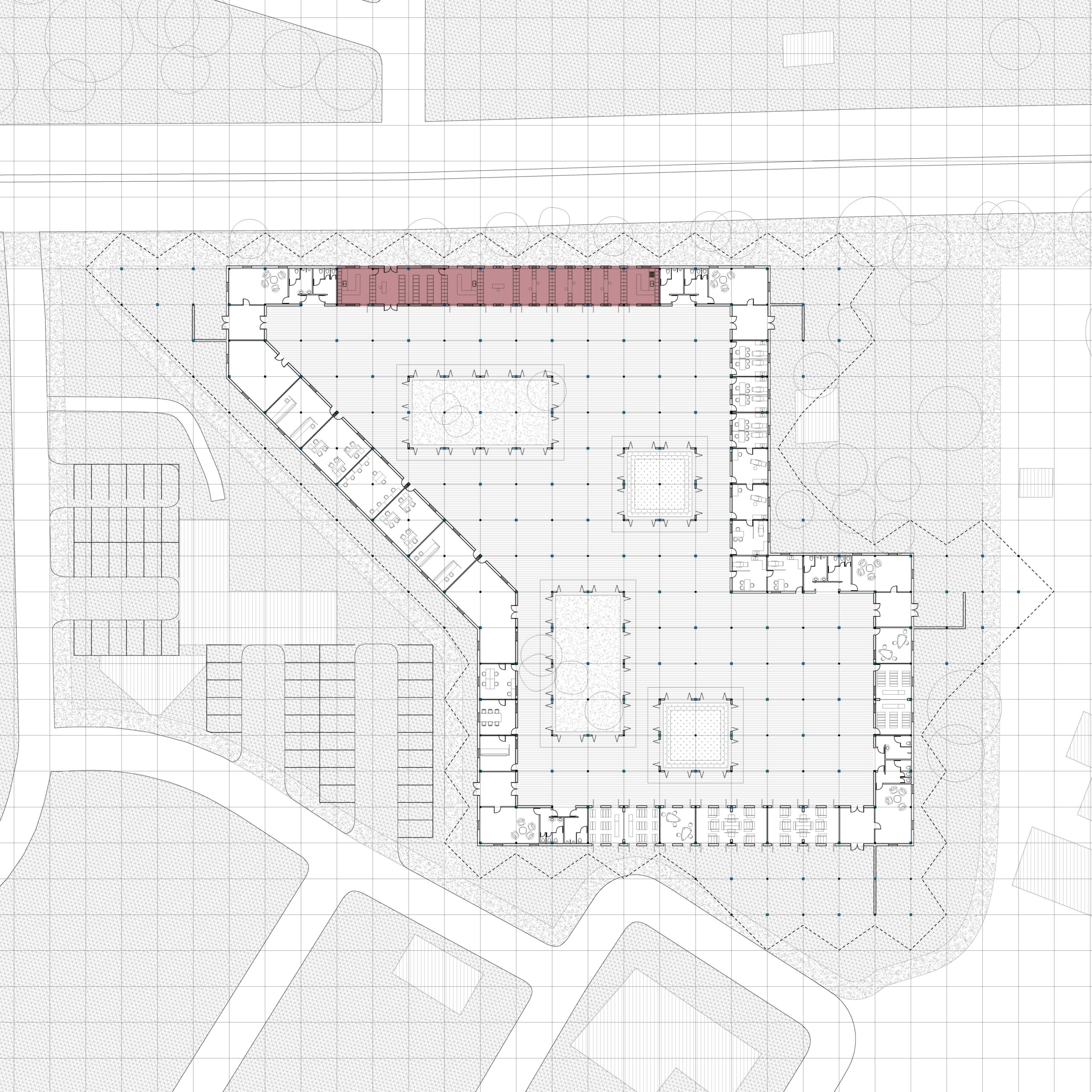
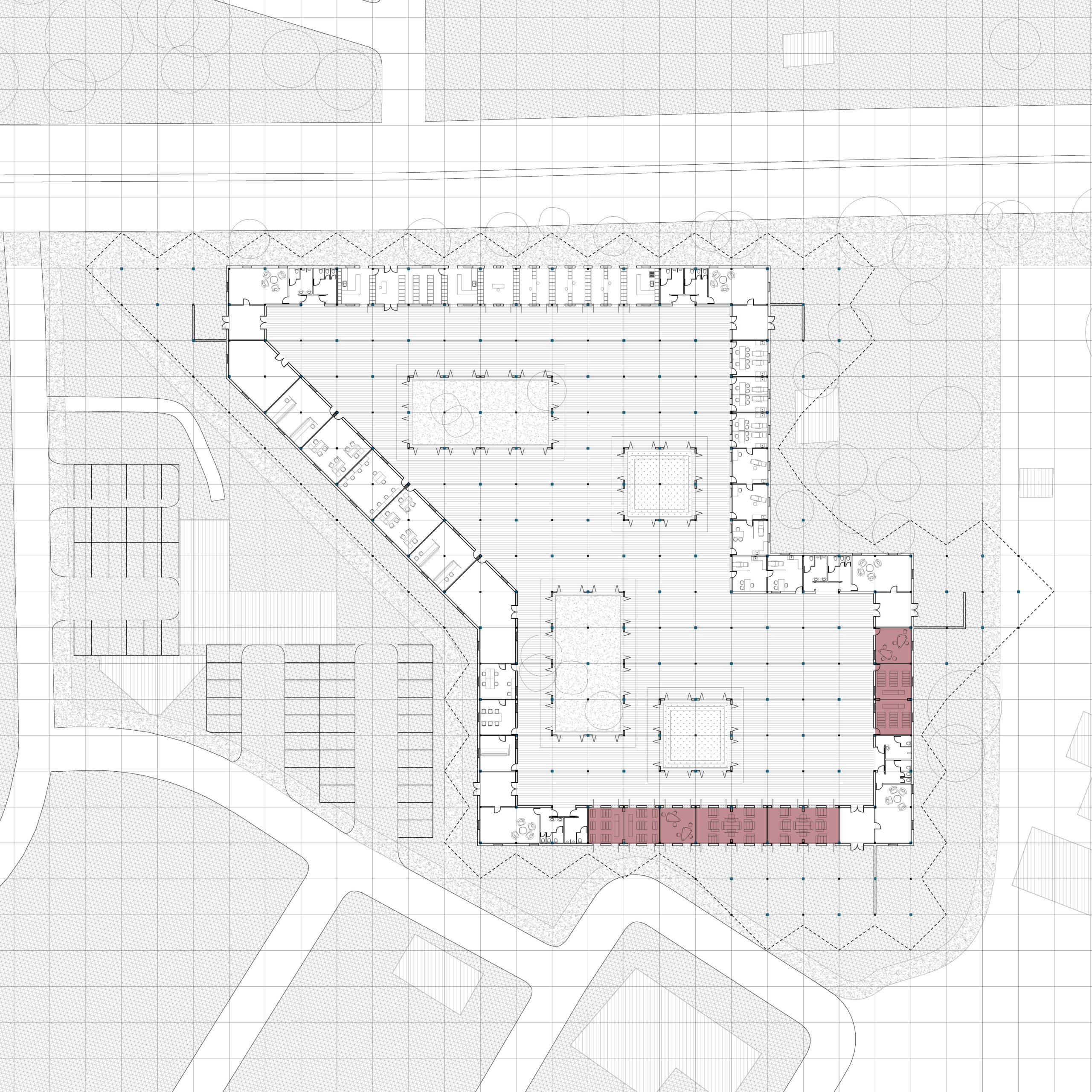
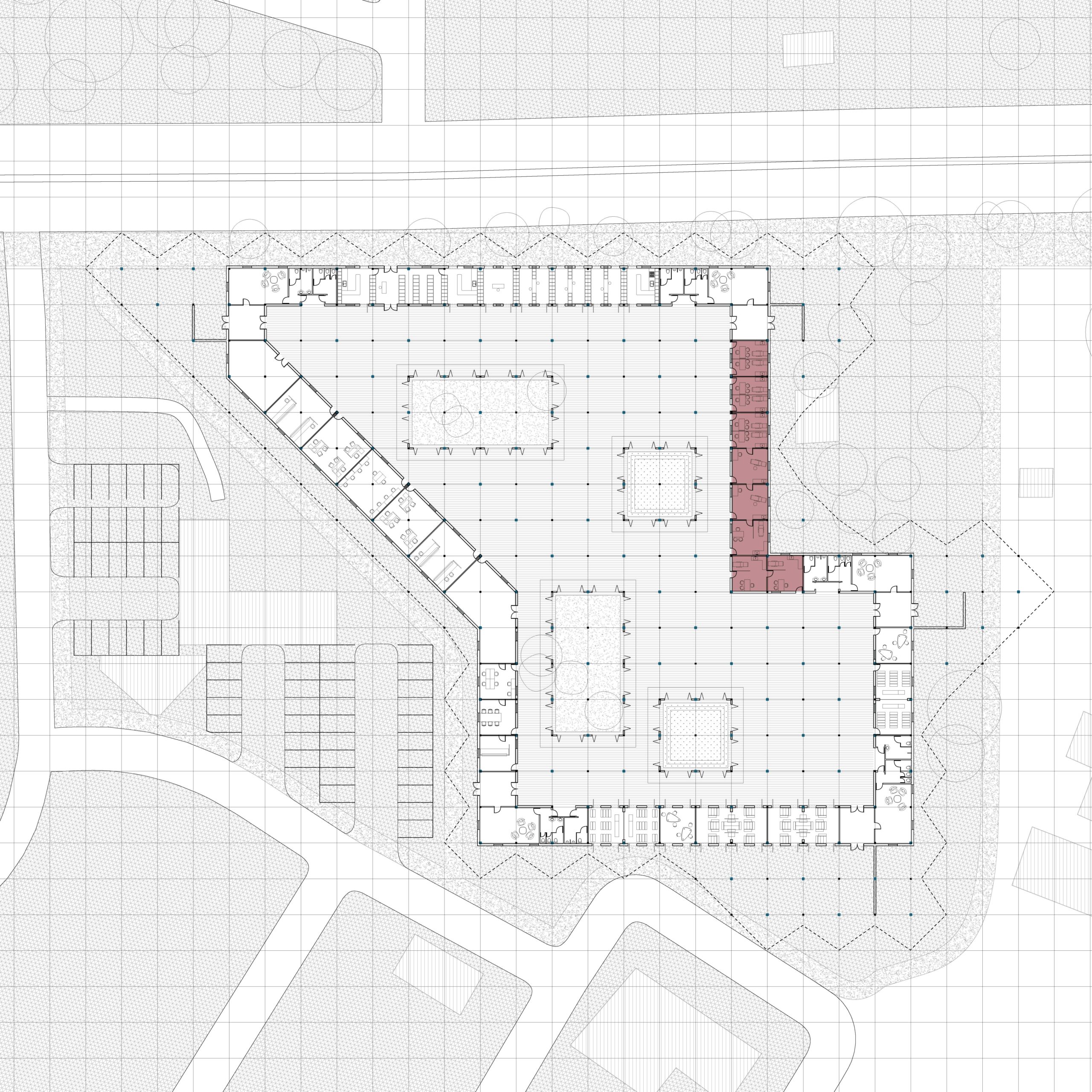
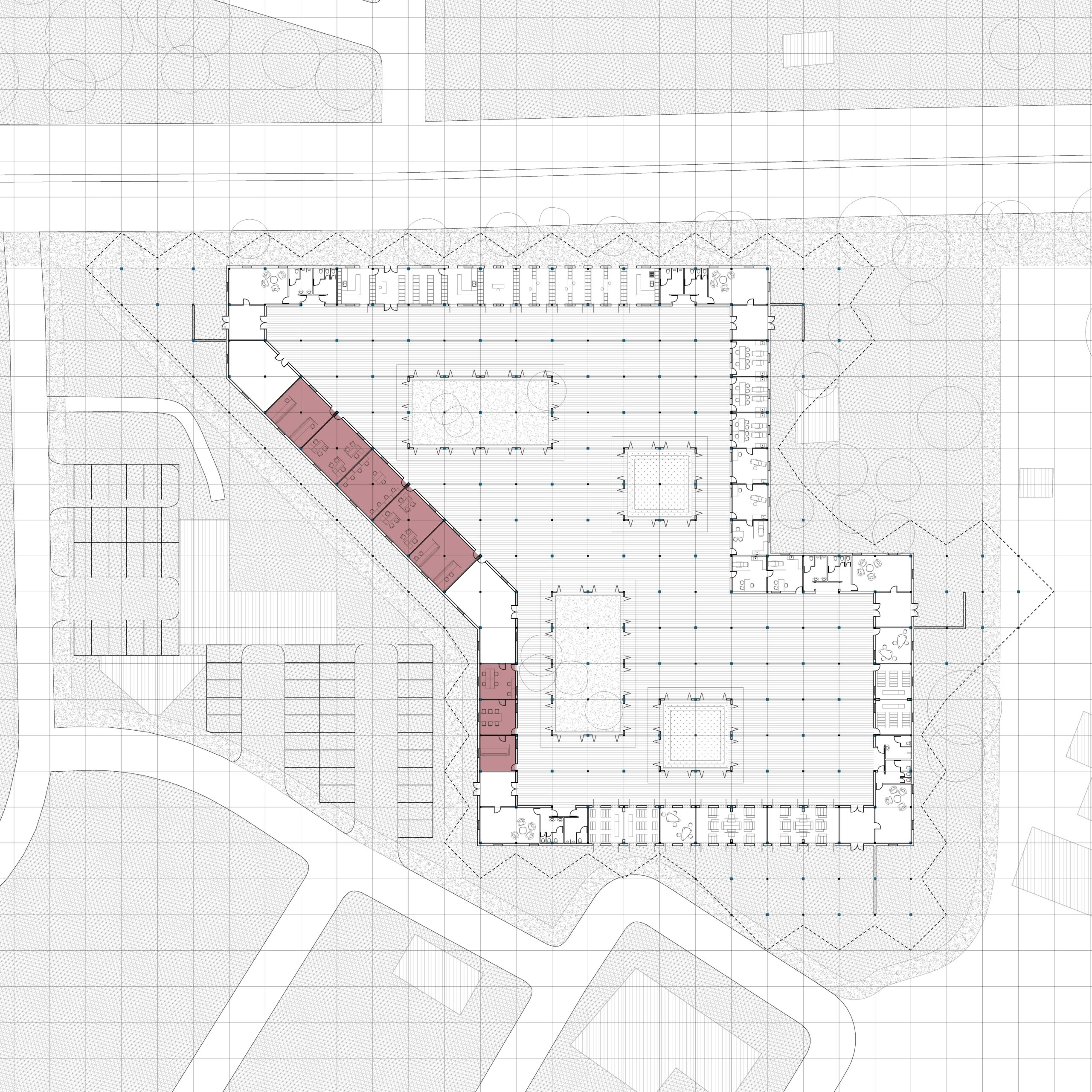

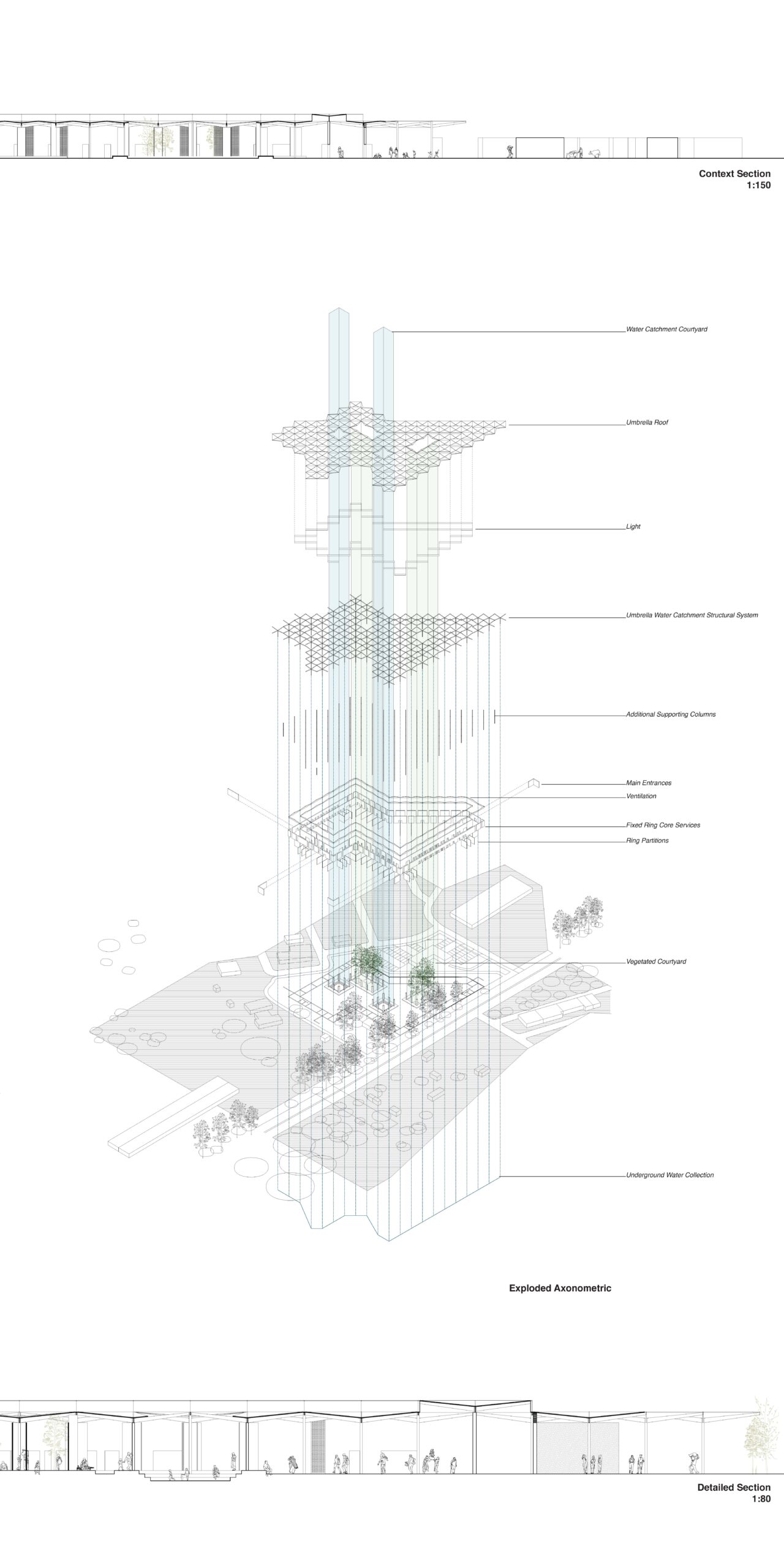
The Jaipur research studio was challenging since we couldn’t go visit the site because of COVID restrictions. But the studio professors made their best to immerse the students in the life and culture of Jaipur by inviting guest speakers who are all involved in different ways in that area which was very insightful. Overall, I enjoyed the range of projects that entailed from trying to make Jaipur rekindle with its environment: from the smaller architectural interventions, the neighbourhood scale, the larger landscape addressing issues of water and the community approach.


